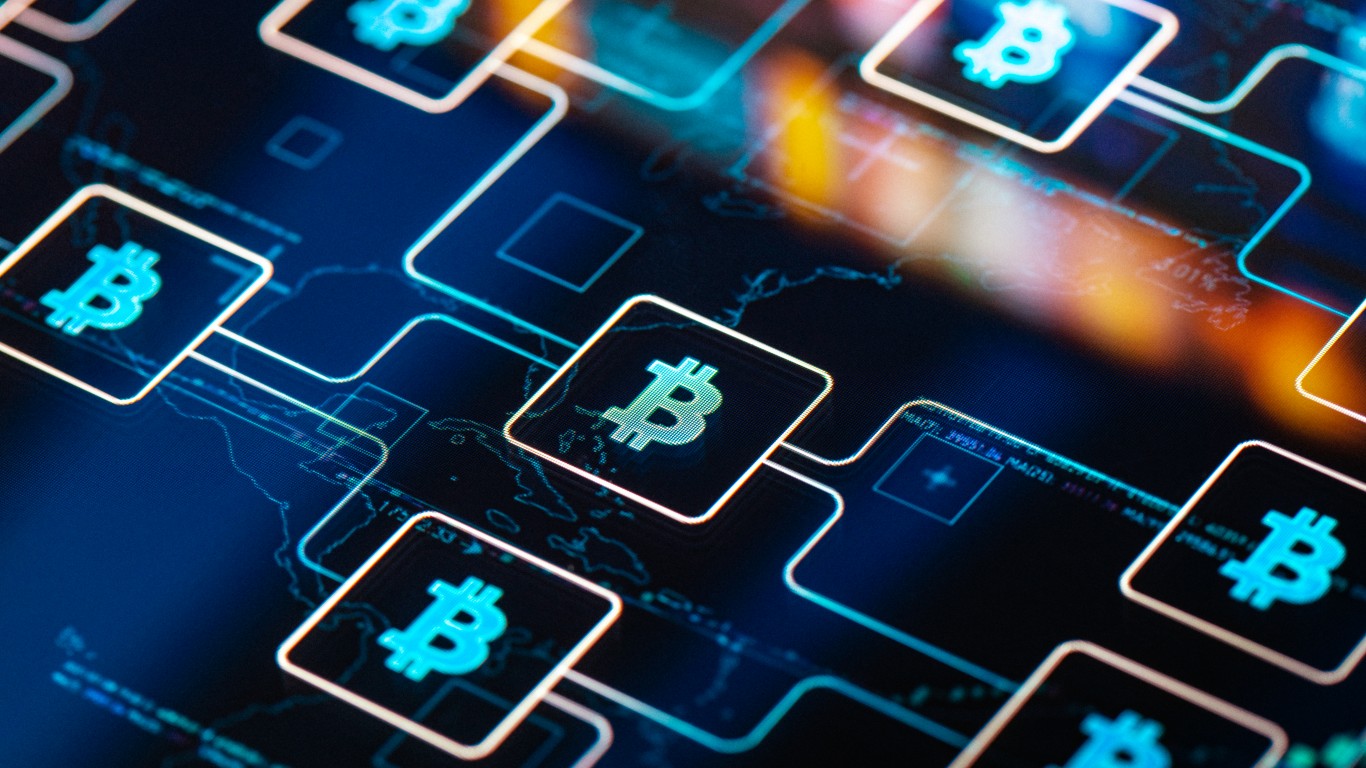
Over the weekend, the Bitcoin network came before a significant fork in the road. Elevated ordinals activity congested the blockchain to such an extent as to cause over 450,000 unconfirmed transactions. Is this simply a case of wider adoption or a DoS attack?
Bitcoin Network Reeling from Activity
When we explained Bitcoin ordinals in February, we foreshadowed potential congestion problems for the entire Bitcoin network—this day arrived on Sunday.
Piggybacking on Bitcoin’s UTXO (Unspent Transaction Output) model, ordinals add mediatic content to Bitcoin, previously reserved for Ethereum’s non-fungible tokens (NFTs). The Ordinals protocol, launched in January, spawned BRC-20 tokens, following in the footsteps of Ethereum’s ERC-20 fungible tokens but without smart contracts.
While extra utility sounds good on paper, the problem is there is only so much network bandwidth to go around. And Bitcoin doesn’t have much to spare, at 4 MB per transaction block. On Sunday, ordinal inscriptions reached an all-time high of 400,000.
Although the ordinal frenzy raised total paid fees to over $21 million (789.4 BTC), it also created massive congestion. At press time, there are over 452,000 unconfirmed transactions in Bitcoin’s mempool space, constituting a new historic high.
When Bitcoin transactions are created, they are broadcasted to all the miners and added to the mempool. In this waiting room, Bitcoin miners select the transactions to add them to a new block to be confirmed as valid and forever added to the ledger.
However, because the mempool space is so scarce, transactions with higher fees take priority. With extra ordinals load now in the mix, Bitcoin fees have also skyrocketed accordingly, at 2.905 BTC per block.
Implications for Bitcoin’s Future
With mempool demand going through the roof, Bitcoin miners are boosting their revenue from an already good start of the year. A week ago, the average Bitcoin transaction fee was ~$3. Now, it is at ~$19, the highest level since May 2021. Bitcoin miners now receive a record percentage of revenue from block rewards, at 46.5%, with some block fees going as high as 94%.
Although this is bad development from the users’ standpoint, miners’ incentives are significantly boosted to keep the network decentralized and secured. Indeed, the network’s hash rate reached an all-time high on Friday at 356 million TH/s.
However, one has to question if the flood of ordinals/BRC-20 tokens doesn’t detract from Bitcoin’s core purpose – sound money. Some users have gone so far as to classify the increased network activity as a DoS (denial of service) attack.
Theoretically, malicious agents could spend millions of dollars to endlessly mint BRC-20 tokens and ordinals to burden the network, making it prohibitively expensive for regular users. Nonetheless, this is a matter of perspective.
All that is happening is that users must pay more for their transactions to be included in miner blocks. Therefore, Bitcoin’s self-correcting incentive mechanism works as intended. On the other hand, anything other than BTC on the Bitcoin network could be considered useless and redundant.
Lightning Network to the Congestion Rescue?
Like the Ethereum blockchain needs multiple layer-2 networks to offload traffic, so does Bitcoin. Lightning Network’s capacity is at 5,456 BTC ($159 million) across ~74,000 unique channels connecting the network’s nodes.
Lightning Network relieves traffic by keeping transaction channels open and off-chain. When channels are closed, transactions are bundled up and returned to Bitcoin’s mainnet for confirmation. Additionally, these transactions are near-instant and at negligible fee levels, as there is no need to broadcast every single transaction to miners when each one is made.
For mass Bitcoin adoption, with ordinals in tow, the LN’s capacity would have to be drastically increased. This is something that centralized exchanges will also have to do, starting with today’s announcement from Binance.
Following the spike in Bitcoin fees and record-high unconfirmed transactions, the world’s largest exchange suspended BTC withdrawals for a few hours early Monday. As Binance increased transaction fees to push them through, Bitcoin withdrawals were resumed.
Interestingly, except for Binance, Coinbase, and Bithumb, nearly all exchanges have already integrated Lightning support, including Jack Dorsey’s Cash App.
This article originally appeared on The Tokenist
Get Ready To Retire (Sponsored)
Start by taking a quick retirement quiz from SmartAsset that will match you with up to 3 financial advisors that serve your area and beyond in 5 minutes, or less.
Each advisor has been vetted by SmartAsset and is held to a fiduciary standard to act in your best interests.
Here’s how it works:
1. Answer SmartAsset advisor match quiz
2. Review your pre-screened matches at your leisure. Check out the advisors’ profiles.
3. Speak with advisors at no cost to you. Have an introductory call on the phone or introduction in person and choose whom to work with in the future
Get started right here.
Thank you for reading! Have some feedback for us?
Contact the 24/7 Wall St. editorial team.



